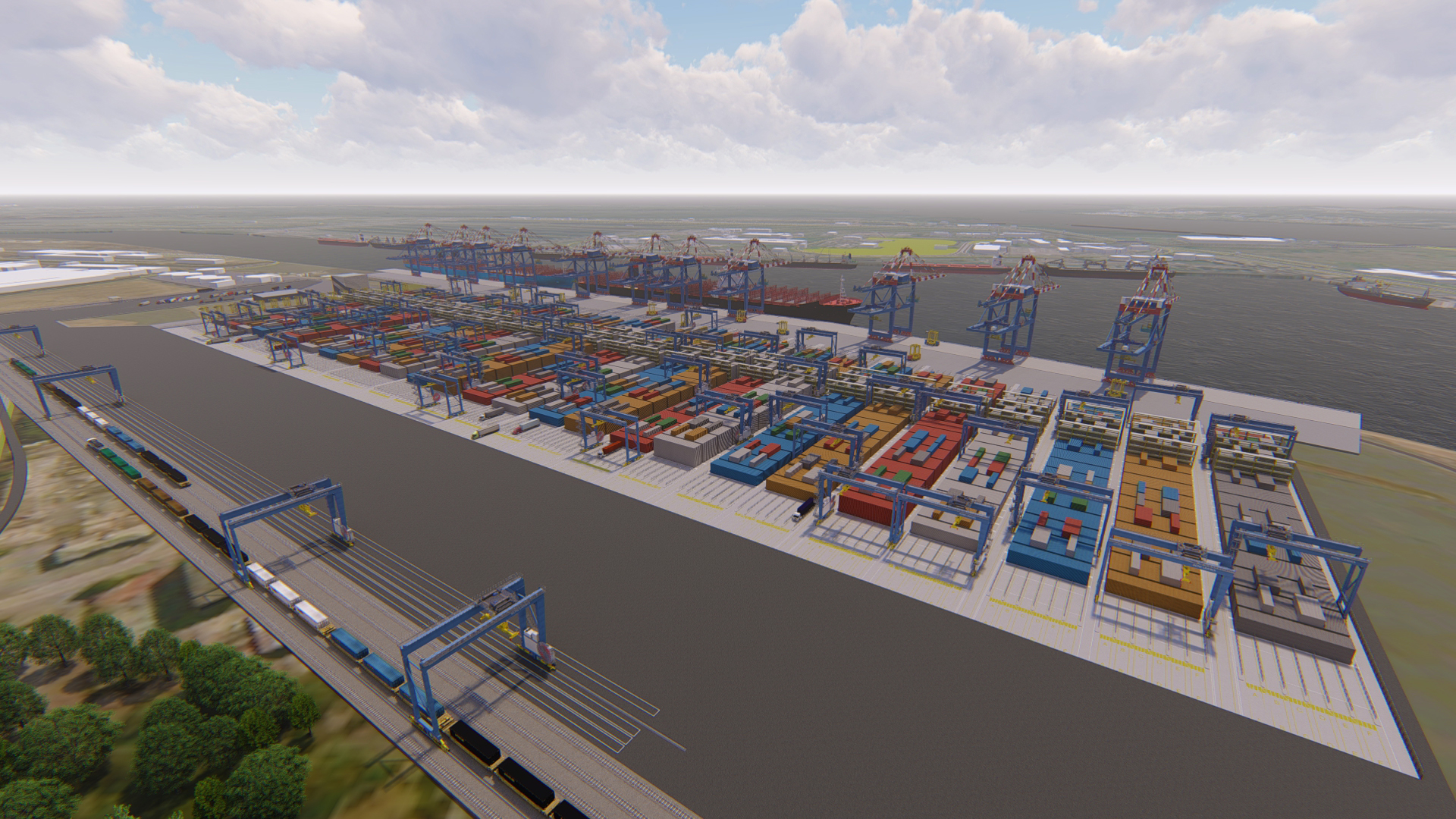Introduction to Container Terminal Design
Begin with an overview of the significance of container terminal design in logistics. Emphasize how a well-thought-out terminal layout optimization can significantly enhance cargo handling efficiency. Highlight the importance of incorporating automated equipment integration to streamline operations.
Key Elements in Terminal Design
Discuss the critical components of terminal design, such as access road configuration, storage area planning, and quay length determination. Mention how crane rail positioning and environmental impact assessment play crucial roles in the sustainability and functionality of the terminal.
Technological Advancements in Terminal Design
Explore how digital infrastructure development and energy efficiency measures are shaping modern terminal designs. Include insights on safety protocol establishment and the utilization of traffic management systems to ensure smooth operations within the terminal.
Challenges and Future Directions
Address the challenges faced in container terminal design, including environmental concerns and security systems implementation. Look towards future directions, focusing on intermodal transport links and waterfront utilization strategies to enhance terminal efficiency and connectivity.
Suggested Comparative Table: Traditional vs. Modern Container Terminal Design
| Feature | Traditional Design | Modern Design |
|---|---|---|
| Layout Optimization | Minimal | Highly prioritized |
| Cargo Handling | Manually intensive | Automated systems |
| Energy Efficiency | Not a focus | Integral design feature |
| Environmental Impact | High | Minimized through planning |
| Safety Protocols | Basic | Advanced and comprehensive |
Video:

